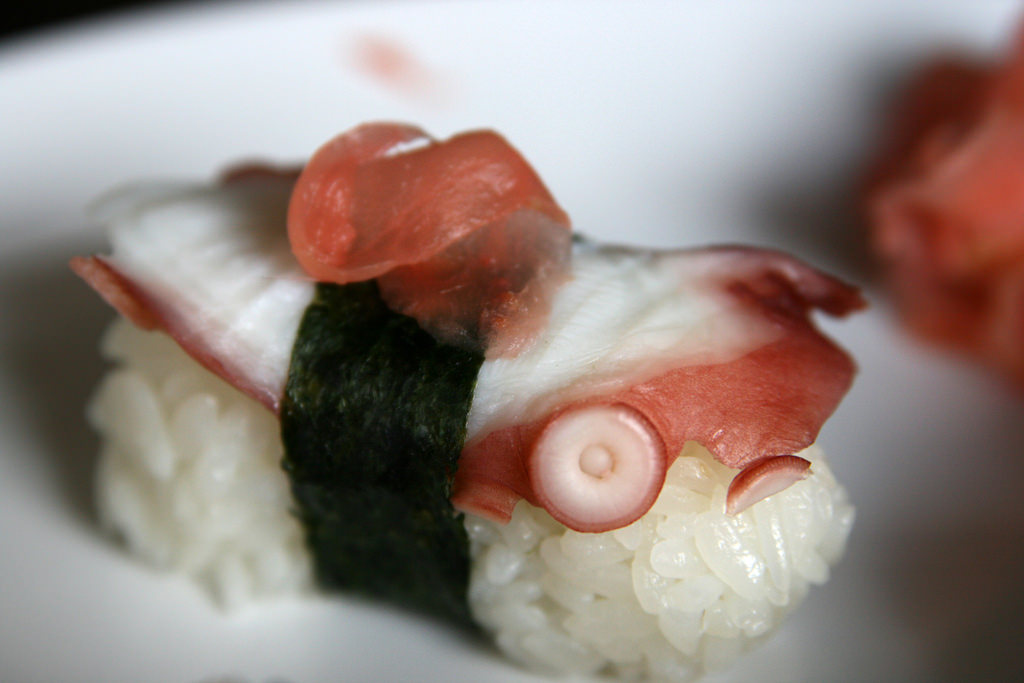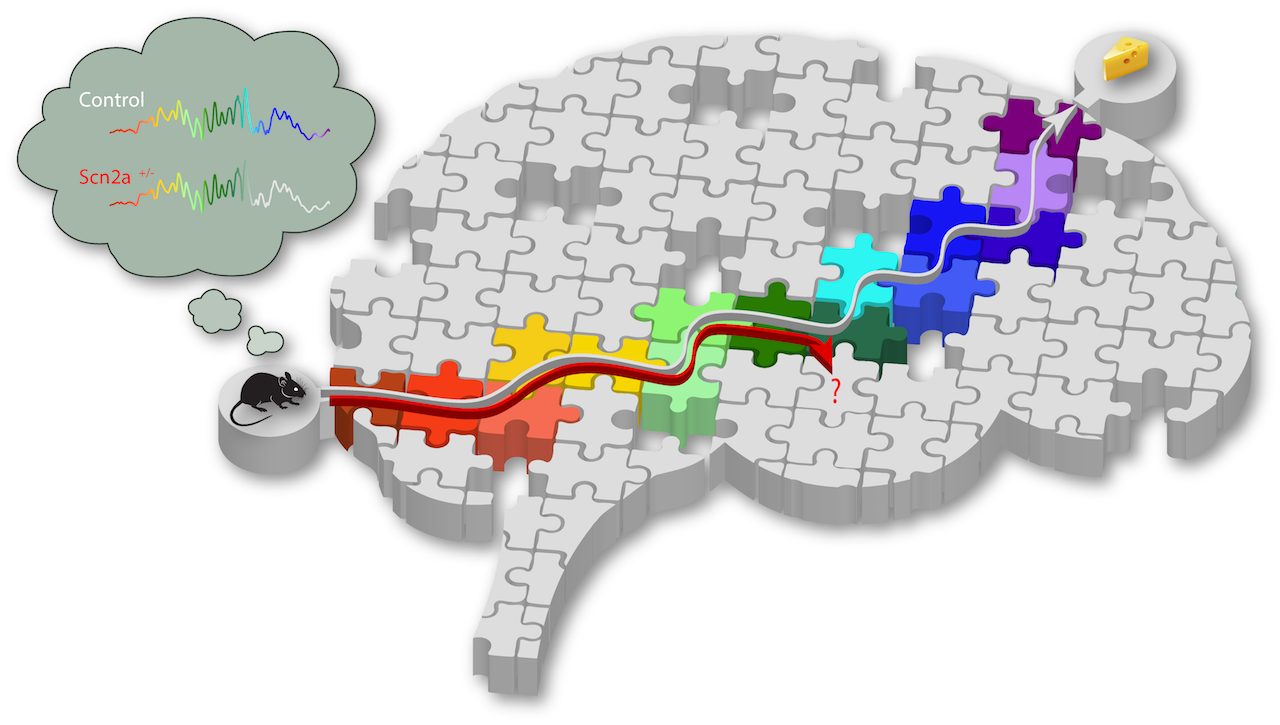Latest research animations
Self-assembly of spider silk
This gut microbe might protect against diabetes and reduce insulin resistance
NEW: One-way hydrogel guides motion of tiny worms!
Latest Posts
No Results Found
The page you requested could not be found. Try refining your search, or use the navigation above to locate the post.
Summer fun: how plants beat the heat
Freedom from fear ?♀️
Blue gene regulation helps plants respond properly to light
Out on a limb: the many ‘brains’ of the octopus
Mutation links bipolar disorder to mitochondrial disease
My science communication journey in Tokyo
Gene linked to intellectual ability affects memory replay in mice
Quick, call Spiderman: scientists discover how spider silk is formed
Mutation protects against Alzheimer’s disease in mice
Apr
29
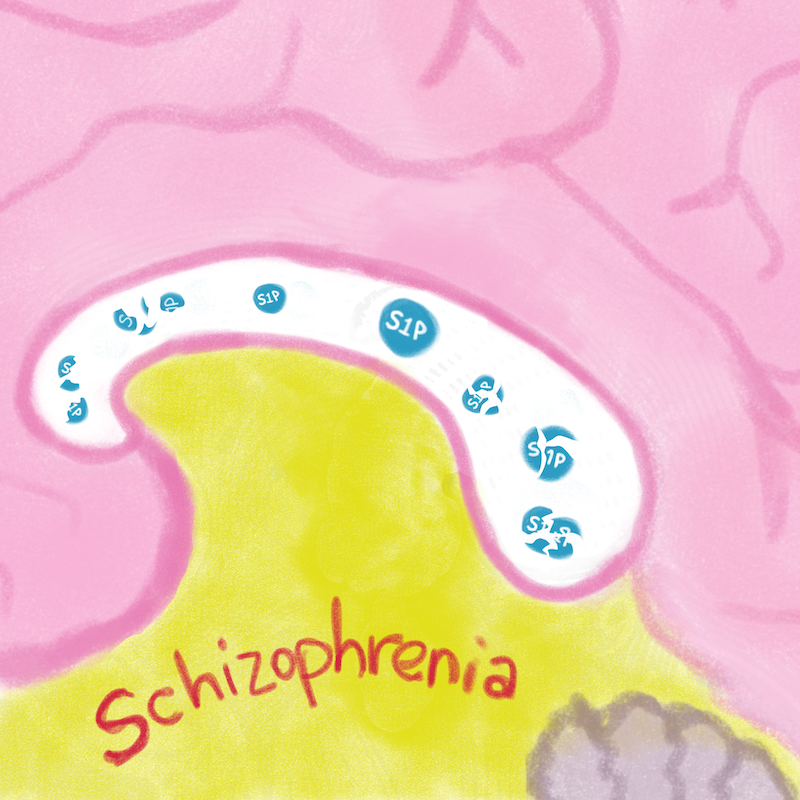
Sphingolipid S1P: Potential new target for schizophrenia treatment
Sphingolipid S1P is reduced in brain white matter of people with schizophrenia, making S1P receptors a good target for new treatments.
Apr
27
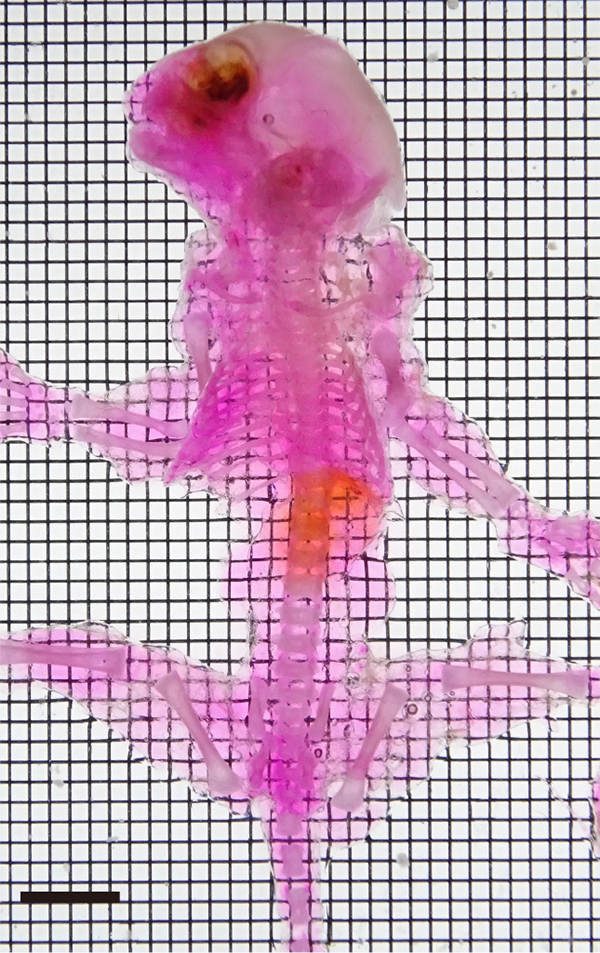
Staining that lights up whole organs and bodies
Scientists have developed a staining procedure that makes see-through tissue, organs, and bodies useful.
Apr
23
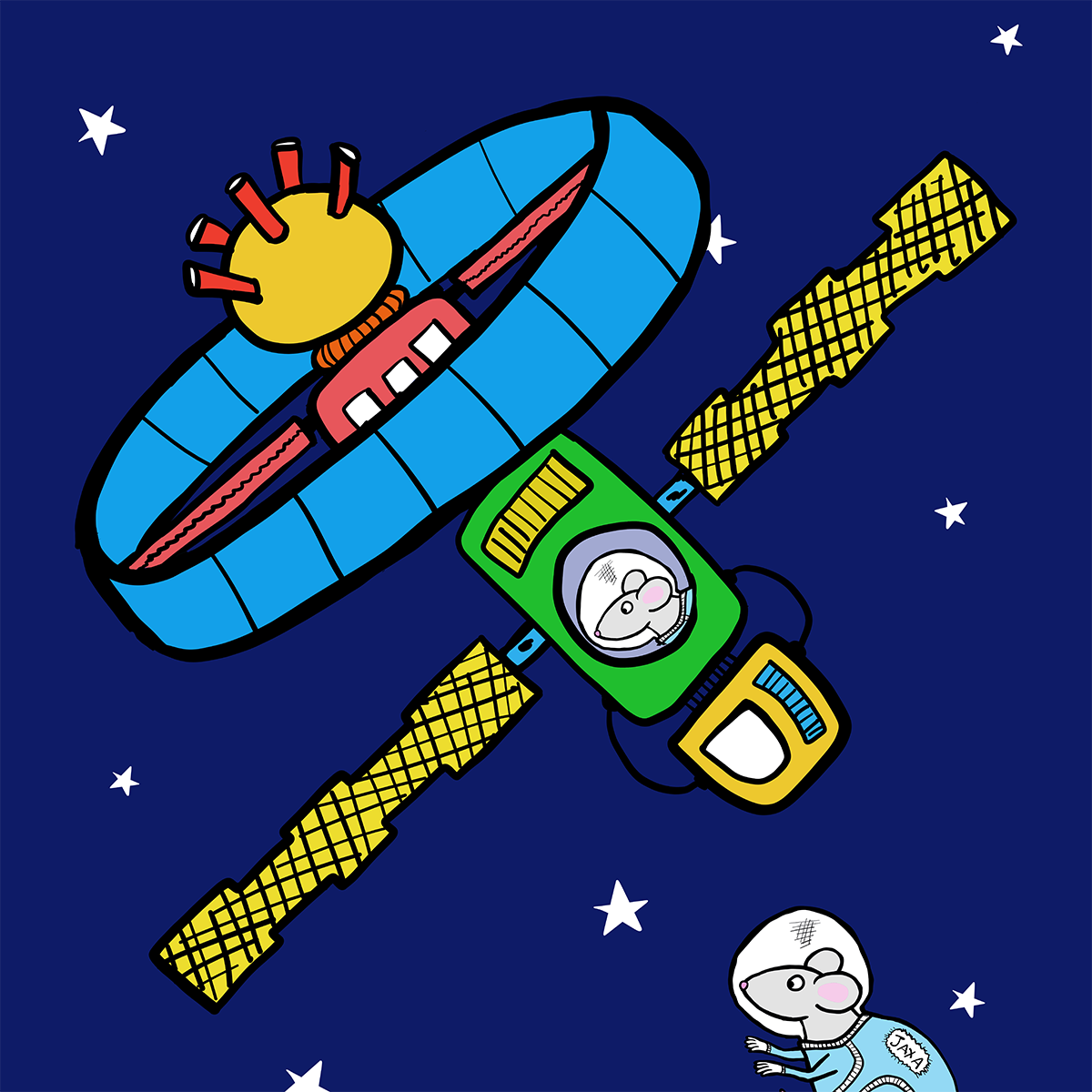
Artificial gravity protects the immune system of mice in space
Mice who experienced artificial gravity on the ISS suffered less damage to their immune system (thymus) than weightless mice did.
Apr
14

Ultraprecise clocks and the Tokyo Skytree verify Einstein’s theory of relativity
Time measured at the top and bottom of the Tokyo Skytree with ultraprecise clocks has verified the time dilation effect predicted by Einstein.
Mar
20
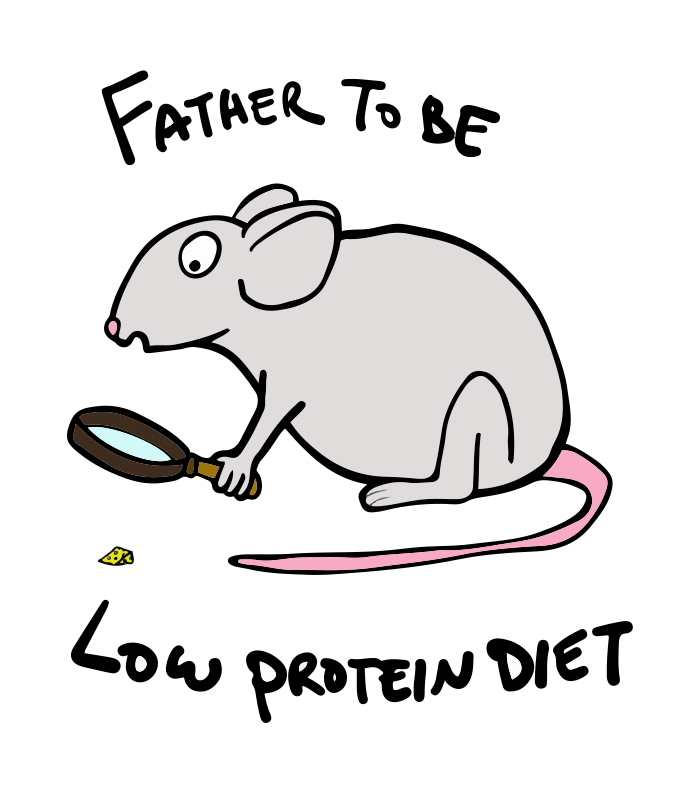
Low-protein diet changes sperm and health of future offspring
Low-protein diets in male mice alter sperm and result in offspring that have metabolic problems like diabetes in adulthood.
Mar
13
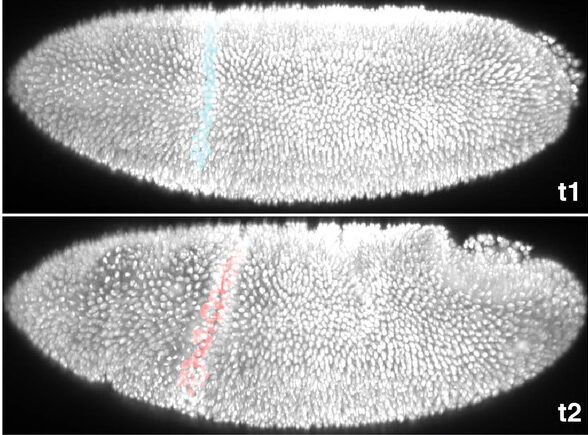
Physiological origami and proper body development in flies
Genetics and mechanical origami in the fly embryo helps proper body development by fighting off “noisy” fluctuations is the environment.




